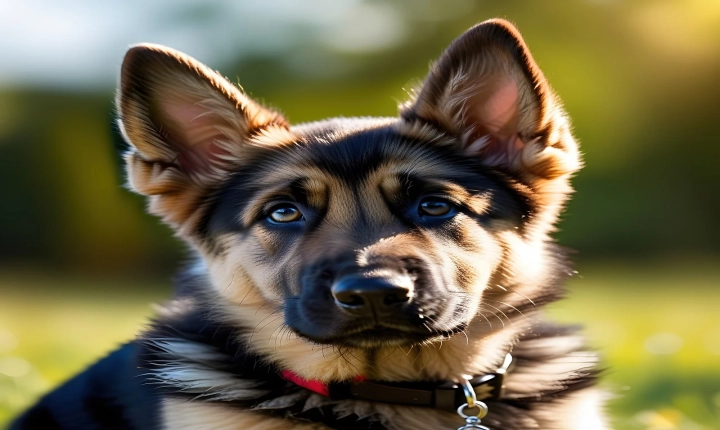AI Detection and Editing: A Game Changer in the Creative Industry
Artificial Intelligence (AI) has revolutionized many aspects of our lives, and the creative industry is no exception. One of the most impactful applications of AI in the creative world is in detection and editing. From identifying objects in images to enhancing the quality of photographs, AI has greatly simplified and improved the creative process.
AI detection, also known as computer vision, refers to the ability of machines to interpret and understand visual information. This technology has been widely utilized in various fields, including healthcare, autonomous vehicles, and surveillance. In the creative industry, AI detection has enabled artists, photographers, and designers to automate tasks that were once time-consuming and labor-intensive.
One of the most popular applications of AI detection in the creative industry is object recognition. By using machine learning algorithms, AI can accurately identify and classify objects within an image. This has proven to be invaluable for photographers and content creators who need to organize and search through large collections of images. For example, AI detection can be used to automatically tag and categorize photographs based on the objects they contain, making it easier for creatives to manage their visual assets.
Furthermore, AI detection has facilitated the development of smart editing tools that can automatically enhance and retouch images. These tools leverage AI algorithms to analyze and correct aspects such as composition, lighting, and color balance, resulting in professional-looking images with minimal effort. By utilizing AI-powered editing tools, creatives can save time and focus on the more artistic aspects of their work.
In addition to detection and editing, AI has also enabled the creation of innovative tools for generating and manipulating visuals. For instance, AI-powered style transfer algorithms can apply the characteristics of a particular art style to a photograph, transforming it into a unique piece of art. This has opened up new possibilities for artists and designers to experiment with different visual aesthetics and create compelling, original work.
Despite the numerous benefits of AI detection and editing, there are certain ethical considerations that need to be taken into account. As AI becomes more proficient at generating and manipulating visuals, the distinction between authentic and manipulated images becomes blurred. This raises concerns about the authenticity and trustworthiness of visual content, especially in the era of fake news and digital manipulation.
Furthermore, there are concerns about the potential displacement of human creativity and expertise by AI-powered tools. While AI can automate repetitive tasks and streamline the creative process, it is important for artists and designers to maintain their artistic integrity and originality. Rather than seeing AI as a replacement for human creativity, it should be viewed as a powerful tool that complements and enhances the creative process.
In conclusion, AI detection and editing have significantly transformed the creative industry, empowering artists and designers with advanced tools and capabilities. From streamlining image organization to automating photo editing, AI has revolutionized the way visual content is created and managed. As this technology continues to evolve, it is essential for the creative community to embrace AI as a valuable ally in the pursuit of artistic innovation and expression.
